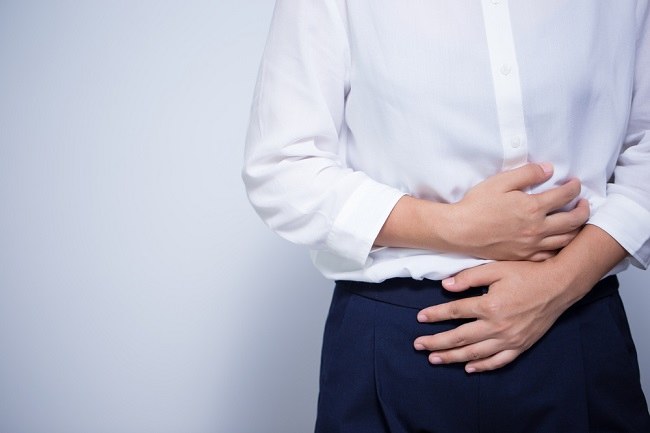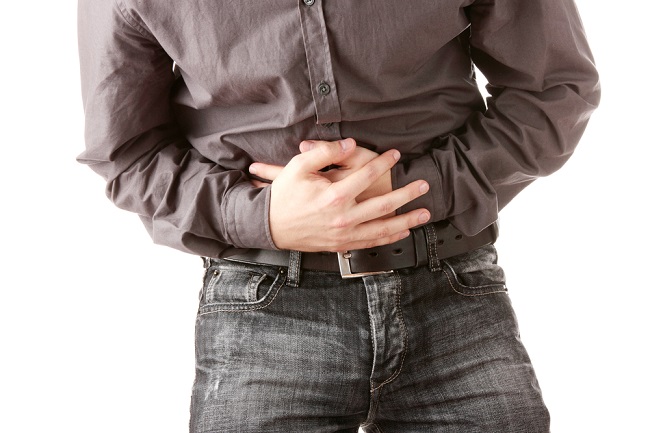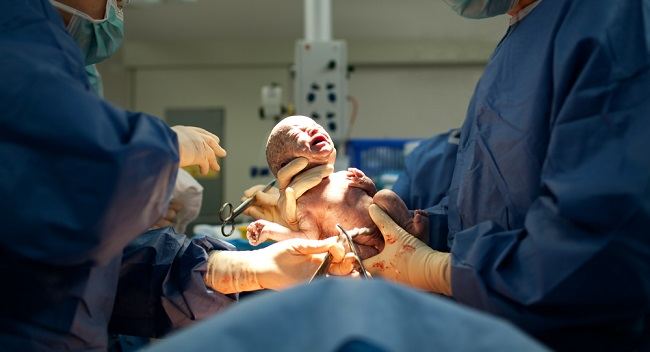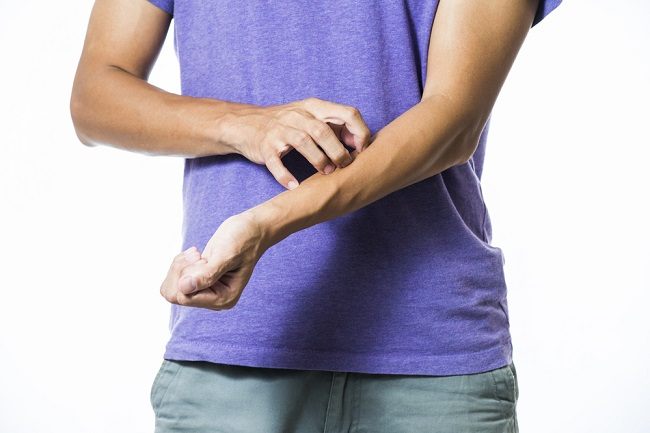Humans often throw plastic waste and waste in rivers and seas. This irresponsible action will ultimately harm the human body who consumes fish and marine animals that live in these waters. Food web systems will help you understand them.
A food web is a connection between one food chain and another in an ecosystem. The food chain itself consists of one living thing that consumes another living thing. Therefore, one living thing can eat more than one kind of food and a living thing can be eaten by more than one other living thing, so a food web is formed.

If there is an imbalance or disturbance in the food web system, there will be health impacts for all creatures involved in it, including humans.
Food Web Stages
An example of a simple food web phase that starts from plants can be likened to the following:
- Plants use sunlight to form seeds, leaves, and fruit.
- Plants, such as grass, are then consumed by cows as herbivores or level 1 consumers.
- Cows are then consumed by humans as level 2 consumers or carnivores or peak consumers.
- Dead human bodies are decomposed by worms and other bacteria which plants then use to grow.
These food webs are also found in the sea, namely in fish that initially consume plankton, then are consumed by humans. However, new problems arise when the waters are polluted. This makes the fish that you will consume become contaminated by waste in the ocean or river.
Seafood Web and Hazardous Chemicals
Combining the consumption of fish and marine animals is necessary to meet the needs of protein, vitamins, minerals, and good fats such as omega-3. But after understanding these food webs, we come to understand that what animals eat enters the body when you eat them. If animals eat food or live in a polluted environment, the toxins they get will also enter the human body.
Pollutants are generally insoluble human waste chemicals. Once released into nature, this material will accumulate in the food web, causing disturbance to all living things that consume it, including humans.
These pollutants will usually continue to stay in the bodies of marine animals, until finally consumed by humans. One example is mercury. Most of the mercury found in fish can actually be tolerated by the body. However, some fish and marine animals can contain high levels of mercury. At this high level, children and pregnant women are the group most at risk of negative effects.
Mercury in high levels can cause damage to the brain and nervous system of the fetus. When humans eat contaminated fish, the mercury will also be absorbed into the body and cause disturbances at high doses. Over time, this mercury will leave the body through urine and feces.
Reducing the Risk of Mercury Poisoning
If you don't know for sure whether the fish or marine animals you eat are truly free of mercury and other contaminants, it's a good idea to take the following steps:
- Limit consumption of marine animals, especially when you are pregnant.
- Avoid fishing for fish for consumption in areas that are at risk of exposure to mercury.
- Be careful when eating fish. Make sure to eat fish that is sourced from a clean environment so you can be sure that the fish served is free of mercury.
- Wash your hands with soap immediately if you think you have been exposed to mercury.
- Routinely do blood tests to determine the level of mercury in the body.
In addition to mercury, you must also be aware of pesticide contamination that can contaminate freshwater fish around agricultural land. In addition, there are also other pollutants that are widely found in the waters, namely: bisphenol A (BPA). Bisphenol A itself is one of the basic materials for making plastic.
Over time, plastic waste will reach the ocean and be degraded into smaller pieces (microplastics). As a result, these microplastics can be absorbed and accumulated in the bodies of marine animals. If these marine animals are consumed by humans, it is believed that microplastic particles can affect the performance of organs in the body, such as the liver, kidneys, and intestines.
The direct health impact on humans still needs to be investigated further. However, to reduce the risk, you are advised to be careful in consuming contaminated food sources, make sure the food you consume comes from a clean and pollution-free environment.









